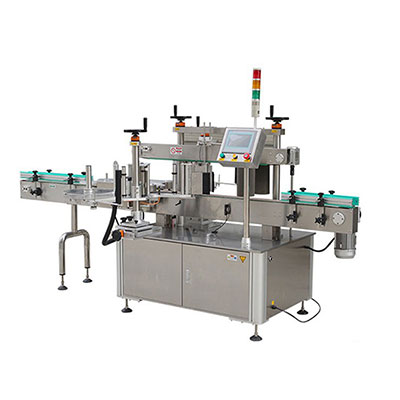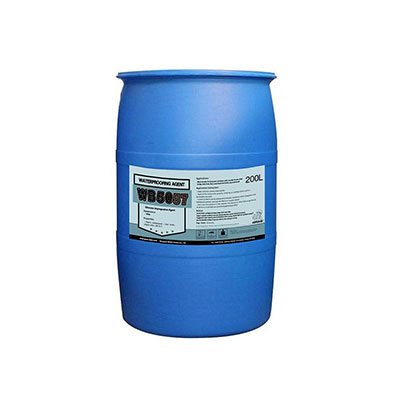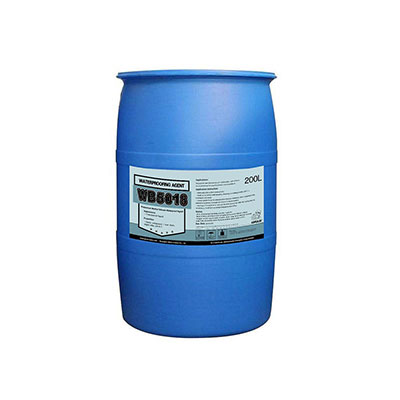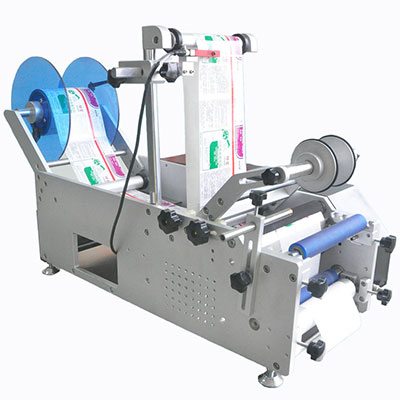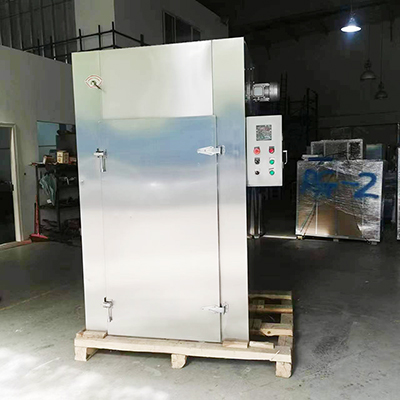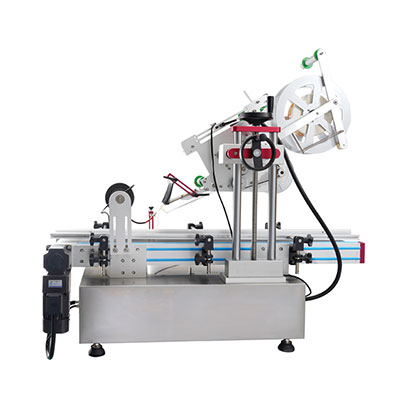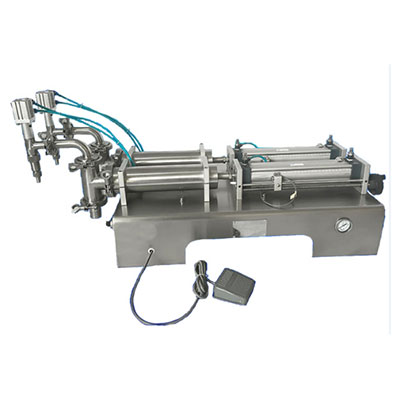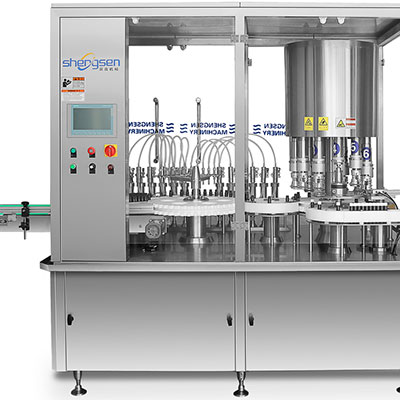Carbendazim
Brief Introduction
1. Product name: Carbendazim
2. Other names: BMC, Zen, Arrest, agrizim, bavistan, bengard, Bercema-Bitosen, BMK
3. Formulation: 50% WP
4. CAS No.: 10605-21-7
5. EC number: 234-232-0
6. CBNumber: CB5416930
7. Molecular Formula: C9H9N3O2
Product Features
Carbendazim is a high-efficiency, low-toxicity and systemic fungicide with the actions of treatment and protection. It is less harmful to mammals and also has low toxicity for fishes.
Detailed Applications and Corresponding Usages
1. When the plant disease control product is used to control the powdery mildew and phytophthora blight of melons, early blight of tomato, anthracnose and phytophthora blight of beans and the sclerotinia sclerotiorum of rape, each hectare needs 1.5 to 3.0kg carbendazim mixed with water for spraying twice in the early stage of disease development. The time interval of spraying is 5 to 7 days.
2. For the sclerotinia sclerotiorum of eggplant and cucumber, anthracnose of melons and beans, powdery mildew of pea, users can adopt solution spray and the proportion of water and this plant protection product is 500:1.
3. Mixing the water with carbendazim in a proportion of 600:1 to 800:1 can effectively control the diseases as the sclerotinia sclerotiorum of tomato, lettuce, kidney bean and cruciferous vegetables and also the gray mold of tomato, cucumber and kidney bean.
4. In the case of the leucoderma of cruciferous vegetables, sooty blotch of cowpea and the early blight or scab of celery, spraying should be conducted with the solution whose dilution is 700 to 800 times. It is noted that the spray should be carried out in the preliminary stage of disease. Please re-spray once every 7 to 10 days for successive 2 to 3 times.
5. When the systematic fungicide is used for tomato disease control, such as for the treatment of fusarium wilt in tomatoes, seed dressing is advisable. The product dosage is 0.3 to 0.5% of seed weight. While, for the fusarium wilt of kidney bean, the product dosage should be 0.5% of seed weight, or users should presoak the seeds for 12 to 24 hours with the solution, the dilution of which is 60 to 120 times.
6. To prevent and cure the seedling blight and damping off of vegetable, users should first mix and the carbendazim with the damp-dry fine soil. The dilution is 1000 to 1500 times. Then the soil mixed with this product should be scattered into seed furrows which will be covered with the soil at last. 10 to 15kg of the soil mixed with this product is sufficient for one square meter of land.
7. As to the fusarium wilt of tomato and cucumber as well as the verticillium wilt of eggplant, users can irrigate the solution into the root part of plants and the dilution is 500 times. Applying 0.3 to 0.5kg solution is adequate for each plant. Re-irrigation is needed every 10 days for the crops whose disease is aggravated.
8. The carbendazim is also effective in inhibiting plant growth of peanut.
Attentions
1. This crop protection chemical can be mixed with common fungicides for application, but it cannot be mixed with alkaline agents. Pre-mixing with insecticides and acaricides is inadvisable if not needed.
2. Singularly using the carbendazim for long time may lead to the resistance of germs, so alternate or compound it with other fungicides is practicable.
3. In some cases, it would be decomposed by the microorganisms in the soil during soil treatment and thereby the efficacy may be reduced.
4. The pre-harvest interval of it is 15 days.
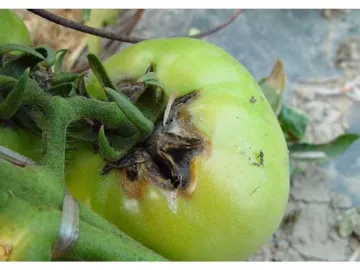
Links:https://globefindpro.com/products/83960.html
-
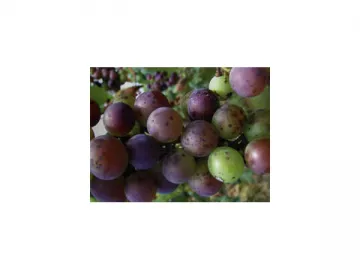 Difenoconazole
Difenoconazole
-
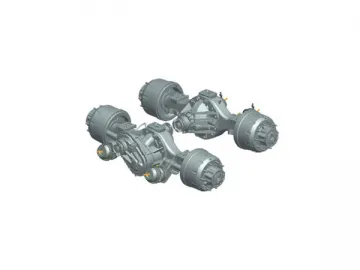 MCY13/MCY13Q Series Drum Brake Single Reduction Drive Axle
MCY13/MCY13Q Series Drum Brake Single Reduction Drive Axle
-
 AC26 Double Reduction Drive Axle
AC26 Double Reduction Drive Axle
-
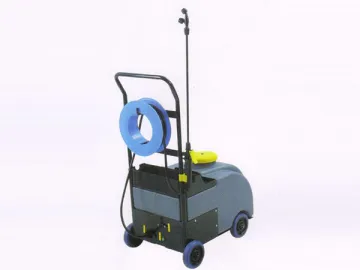 Walk Behind Power Sprayer
Walk Behind Power Sprayer
-
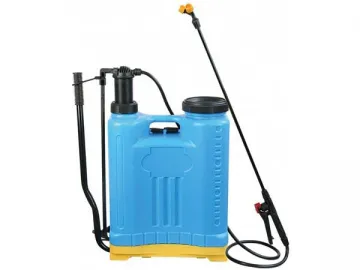 Manual Backpack Sprayer
Manual Backpack Sprayer
-
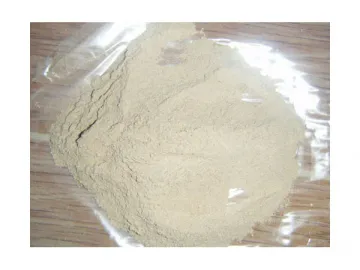 Nematicide
Nematicide
-
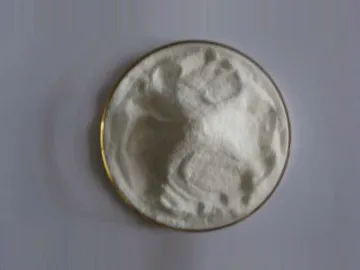 Biofertilizer
Biofertilizer
-
 MCY13/MCY13Q Series Disk Brake Single Reduction Driving Axle
MCY13/MCY13Q Series Disk Brake Single Reduction Driving Axle
-
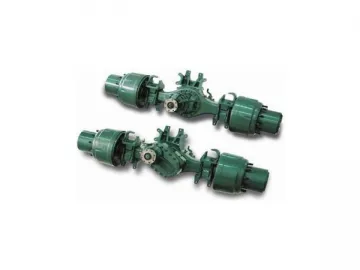 ST13 Double Reduction Drive Axle
ST13 Double Reduction Drive Axle
-
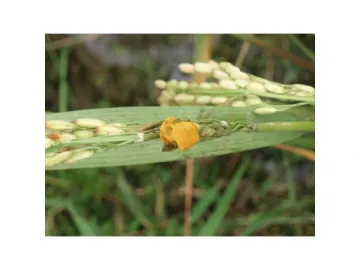 Kresoxim-methyl
Kresoxim-methyl
-
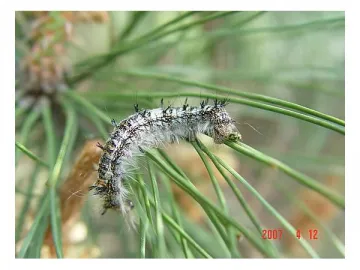 Bacillus thuringiensis
Bacillus thuringiensis
-
 Thidiazuron
Thidiazuron
